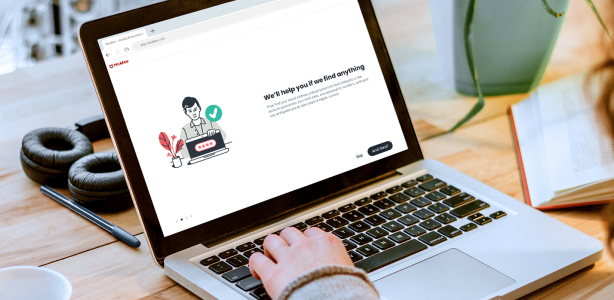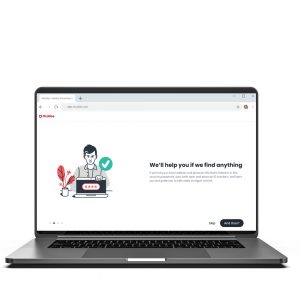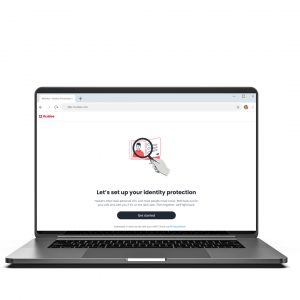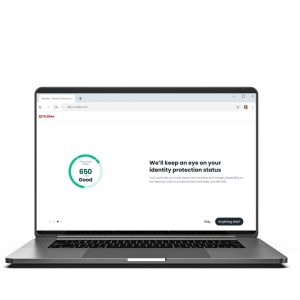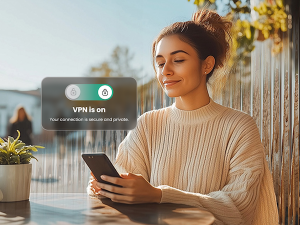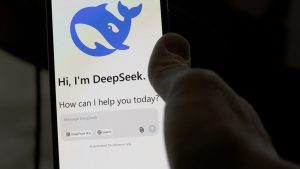I’m about to tell you an extraordinary fact about cybercrime. Some of the most significant data breaches in internet history weren’t after bank account numbers, cryptocurrency, or even credit card numbers. They were, in fact, after YOU. That’s right, the most valuable data on the internet is the data that comprises your identity. Let’s take a look at what that data is, how it gets leveraged by cybercriminals, and how you can get the online identity monitoring you deserve.
Identity exposure in the news
1 billion is a big number. In the case of a recent CVS database leak, that’s how many user records were accidentally released online, including details like email addresses and even searches about Covid vaccines. This is just one of the dozens of breaches that have occurred recently and will continue to happen as personally, identifiable information becomes more valuable to cybercriminals. Just as remarkable as the huge volume of user data being exposed online is the speed with which compromised data is used by hackers online. Cybersecurity researchers recently discovered that cybercriminals access leaked or stolen credentials within 12 hours to exploit them as soon as possible. These circumstances beg the question, why has your personally identifiable information has become so valuable lately?
Why your Personally Identifiable Information is worth so much to criminals online
While the value of some information, like a credit card number, is obvious, you may think your name and date of birth aren’t that big of a deal. After all, it wasn’t so long ago that you could find all that information in a phone book. In fact, personally identifiable information (PII), also known as data used to identify a specific individual, is what many data breaches are after.
Armed with just a mailing address, a phone number, and a date of birth, a cybercriminal can begin constructing a fake identity to take out loans and disguise many kinds of criminal activities. With a social security number and a few personal details from a social media account, they could take over a bank account. When it comes to your PII, any information is as good as gold to cybercriminals.
Your PII may not be as safe as you think.
If our PII were treated like actual gold and held in a safe location like Fort Knox, I wouldn’t be writing this post. But in fact, it’s the currency we use to obtain many services in our connected lives. Social media sites are massive repositories of PII, and their access to our most personal details and the ability to sell it to marketers is the reason the service remains free. Free email services are the same. Now consider all the other accounts we may have created to, say, try out a streaming service for free, or even old accounts we no longer use. From that perspective, you can see how much of your data is being used by companies, may not be very well protected, and is a tempting target for cybercriminals. Fortunately, there are many things you can do to keep your identity safer online.
Learn to spot a breach and to keep your identity safer
When it comes to protecting your PII, knowledge is power. Let’s start by identifying if you’ve been the target of a data breach. Here are a few tell-tale signs:
- You receive a bill for a credit card account that, though in your name, is not yours. This probably means a thief opened the account in your name.
- Unfamiliar purchases on your credit card, even tiny ones (crooks often start out with small purchases, and then escalate). Challenge even a $4 purchase.
- You receive a credit card or store card without having applied for one. If this happens, immediately contact the company.
- Your credit report has suspicious information, like inquiries for credit that you didn’t make.
- Collectors are calling you to collect payments you owe, but you owe nothing.
Be stingy when it comes to PII
Okay, now that you know the signs of a data breach, let’s look at how you can take action to protect yourself. The best way to avoid being the victim of identity theft is by limiting the amount of PII you provide. There are some easy ways to do this.
1. Avoid giving out your social security number whenever possible
Only a few types of organizations legitimately need your social security number. These include employers or when contracting with a business, group health insurance, financial and real estate transactions, applying for credit cards, car loans, and so forth.
2. Stay away from online quizzes
Quizzes, social media games, and other kinds of interactive clickbait are often grifting pieces of your PII in a seemingly playful way. While you’re not giving up your SSN, you may be giving up things like your birthday, your pet’s name, your first car … things that people often use to compose their passwords or use as answers to common security questions on banking and financial sites.
3. Watch out for phishing scams
A phishing email poses as a real email from known or trusted brands and financial institutions. These emails attempt to trick you into sharing important information like your logins, account numbers, credit card numbers, and so on under the guise of providing customer service. Here are some more ways to spot a phishing email.
4. Free yourself from PII worries with a new kind of identity protection
Clearly, we’re in a new era when it comes to securing our identities online. In response, McAfee has created a new kind of identity monitoring.
We knew from the outset Identity monitoring had to be proactive, holistic, and accessible. We also wanted it to follow the timeline for how cybercrime actually affects your identity. When it comes to PII, the breach is just the first step for cybercriminals. The 10 months following a breach is when cybercriminals will use your PII to commit fraudulent acts using your data.
To address this, your identity monitoring looks after more personally identifiable information than other leading competitors. It will also alert you of stolen personal info an average of 10 months ahead of other monitoring services. And it’s accessible anywhere via mobile app, browser, and the web.
In practice, McAfee’s identity monitoring protects all your online accounts by doing the following:
- Monitors your PII
- If detected, alerts you
- Offers quick and guided help to neutralize the threat
- Provides educational content to help prevent future issues
- Offers insurance and agent-assisted remediation, available for select plans
Enjoy your life online again with a holistic approach to security
As we spend more of our lives online, we need an approach to security that reflects this new reality. Identity monitoring is part of it. VPN is part of it. Antivirus is part of it. They are all pieces of a puzzle that we solve with products like McAfee Total Protection. Our premier security service is comprehensive, affordable, and, with identity monitoring, an indispensable part of your life online.
